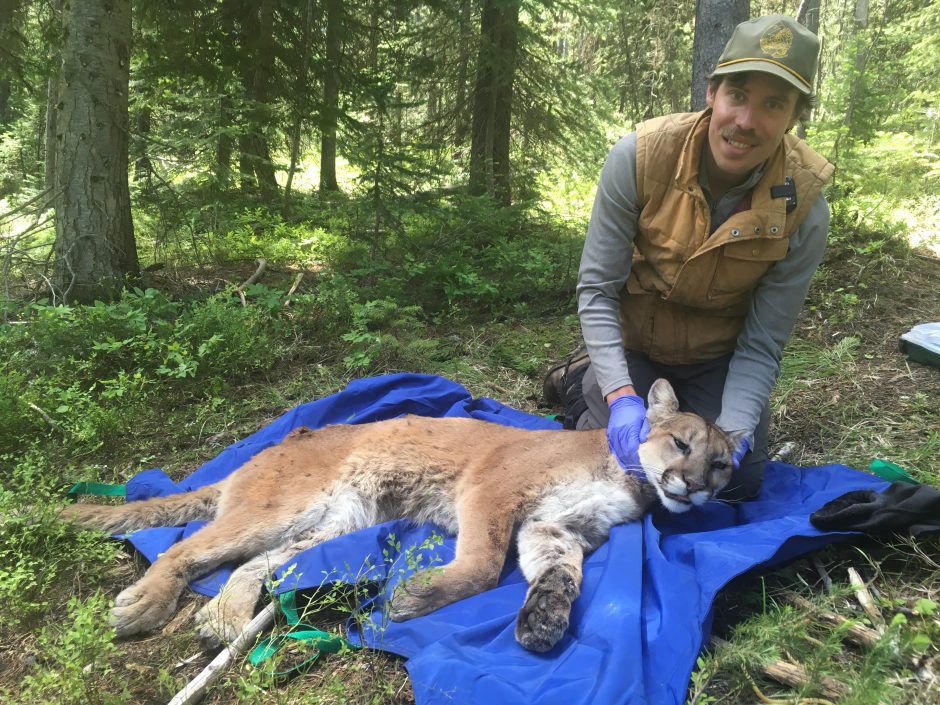Postdoctoral Research Associate (previously PhD Student)
I am extremely grateful to be studying the spatial ecology of carnivores for my dissertation in the Levi Lab. The research is conducted at Starkey Experimental Forest and Range in the Blue Mountains of northeastern Oregon and focuses on interactions between cougars, coyotes, bobcats and bears, as well as their influences on prey populations. We have collected a unique dataset of GPS collar data from over 60 individuals, over 2,000 carnivore scats (for diet and genotypes), and millions of trail camera photos from a grid of 100 cameras over 4 years. The carnivore dataset is being leveraged against existing ungulate datasets maintained by researchers at the Starkey Experimental Forest. The study is part of a larger research project studying the demographic, nutritional and spatial ecology of mule deer. We collaborate closely with Oregon Department of Fish and Wildlife, the US Forest Service PNW Research Station, and researchers at University of Idaho and University of Nevada-Reno.
My dissertation has 3 components:
- Use spatial density estimation models (e.g. spatial mark-resight, spatial capture-recapture) to make inferences about the abundance of each of the 4 carnivore species. Evaluate bias and precision between methods and data sources (camera vs scat), and determine the value of ancillary information (e.g. GPS collar data) in estimating population sizes
- Use contemporaneous GPS collar data and movement models to study the interactions between members of the carnivore guild. Determine the degree to which the space use of carnivores is influenced by the proximity to other carnivore species after controlling for habitat and landscape variables
- Study the behavior of predators in response to the ungulate birth pulse. Are carnivores actively seeking out the seasonal pulse of immobile neonates, or simply opportunistically encountering them?


CATEGORIES: People